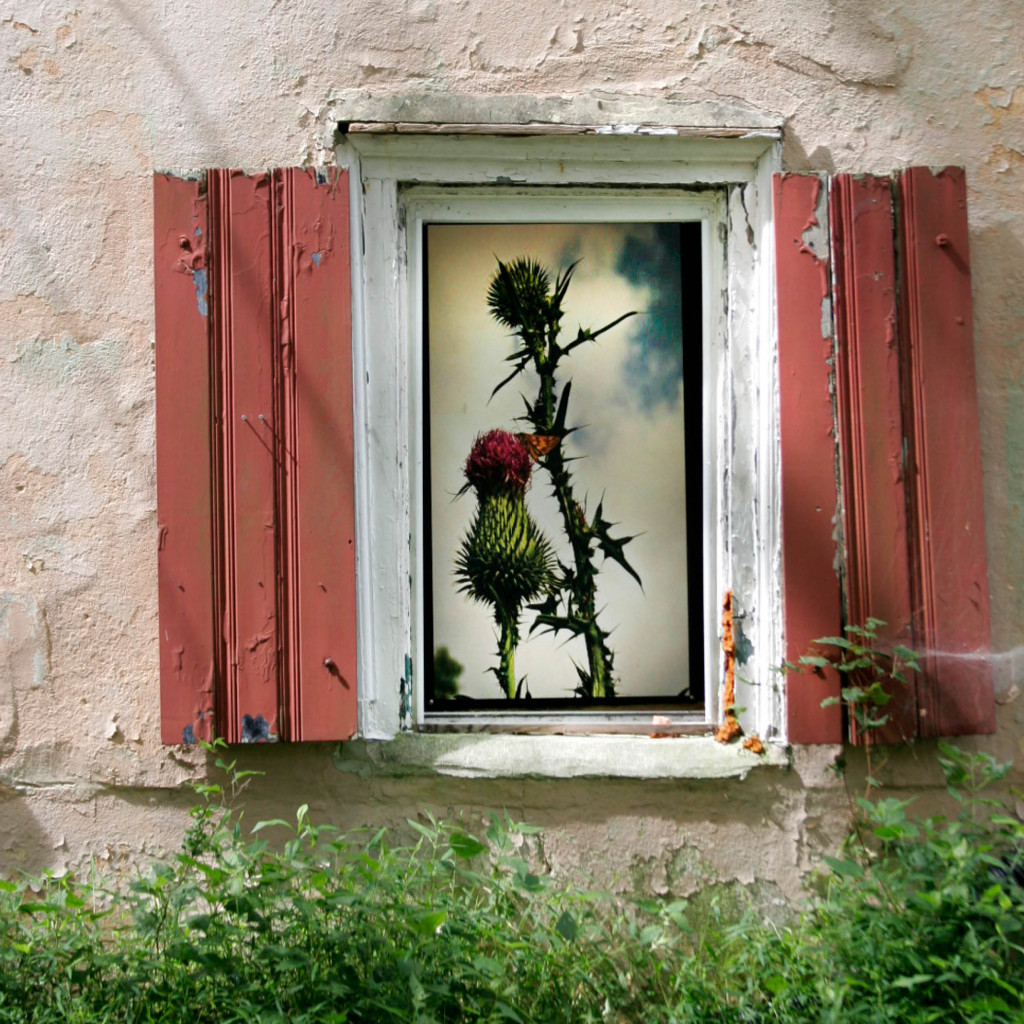
By Christina Catanese, Director of Environmental Art
Editor’s note: The Schuylkill Center produced a wall calendar for 2017 in celebration of the environmental art program. Throughout the year, we’ll run a monthly post on our blog highlighting the art works featured in that month of the calendar.
Part of the Schuylkill Center’s mission is to use our forests and fields as a living laboratory; for the art program, that means that we provide opportunities for artists to use our site as an place for experimentation in their artistic practice – which can some times look and feel a lot like play.
In fall 2010, the Schuylkill Center presented an exhibition called Ground Play in partnership with the Nexus Foundation for Today’s Art.
In Ground Play, The Schuylkill Center asked six artists (Susan Abrams, Nick Cassway, Jebney Lewis, Michael McDermott, Leah Reynolds, and Jennie Thwing) from the former co-op to respond to the history and physical space of its Second Site (Brolo Hill Farm) in a show from September 19th – November 28th, 2010.
Second Site, known historically as Brolo Hill Farm, was at one time an active farmstead, and includes an 18th-century farm house, barn, and remnants of a plowed field once used to grow feed hay for livestock. For the show Ground Play, Nexus artists considered both the agricultural and cultural conditions that might have existed on the site when the farm was active, and examined through their installations the implications of those dynamics in today’s environmental climate.
For Light & Paper, Susan Abrams installed large plant photographs in the windows of the abandoned farmhouse at Brolo Farm. The fourteen photographs mounted in the boarded up farmhouse windows focused on small and often overlooked aspects of the Brolo Hill Farm site and play with scale by making the images much larger than life. The photographs were in sharp relief to the more abstract pulp-painted handmade paper works she also installed, which not only interpreted the site but also incorporated materials gathered there.
Abrams used natural materials found at Second Site as subjects in the photographs and as ingredients in her handmade paper. The paper works will weathered and changed over the course of the exhibition adding nature as an ongoing component to the art. She approached this singular environment by examining many of the small details, often unnoticed, yet essential to the landscape, then enlarging them to a human scale, inhabiting the house, as they do the Schuylkill Center’s site.
Leah Reynolds presented The Combustibility of Hay and Farmer’s Lung, a large work hung on the side of the old barn at Brolo Farm. The title and imagery refered to the fungus “Aspergillus furnigatus” which grows in baled hay and may cause it to spontaneously ignite (the Brolo Farm chiefly produced hay).
In general, fungi are crucial to the recycling of nutrients within ecosystems because they break down organic matter (they form networks connected by tubular branches called hyphae). This particular fungus may also cause a disease known as “Farmer’s Lung” when the mold spores that it produces are inhaled in an enclosed area such as a barn. Reynolds’ piece covered the face of the Second Site barn with acrylic-coated fabric, giving the impression that it has been inundated with a large and virulent fungus. Reynolds playfully tackled this topic with bright colors, transforming the barn into a giant art object. Editor’s note: Reynolds’ work is also on view as part of our summer 2017 exhibition, Making in Place, on view through August 12!
Nick Cassway’s In the Woods responded to Brolo Farm with a group portrait series created by computer cut reflective vinyl. The title refers to being dislocated, either physically or psychologically; feeling out of your element, vulnerable, over your head. The 36 drawings are separated into 3 “acts”: the enticement, the partaking, and the repercussion. Collectively, these images were meant to form and emotional tapestry; there is no singular narrative thread. The pieces used the language of road signage – the shapes, stature, and materials – to literally become “warning signs” scattered throughout the landscape. The drawings were made using computer cut black reflective vinyl (traffic engineering film) mounted on matte black painted aluminum panels and for maximum effect were intended to be seen at night via flashlight.
Editor’s note: Images from Ground Play were also featured in our wall calendar for October – stay tuned for a blog post in early October covering the other three artists in this show!

Pingback: A playground for artists, Part II - Schuylkill Center for Environmental Education